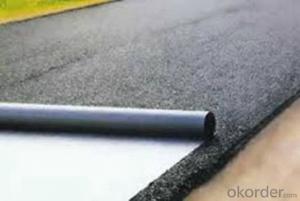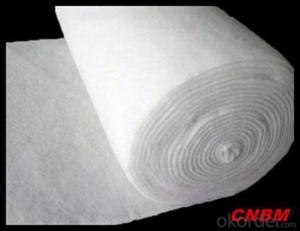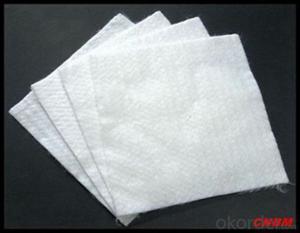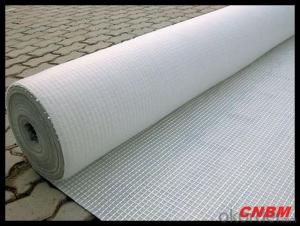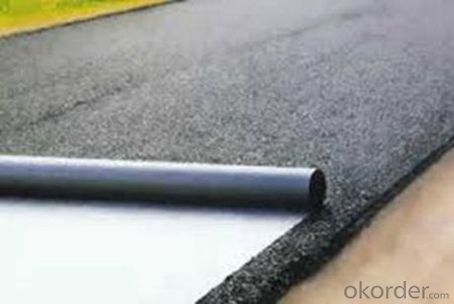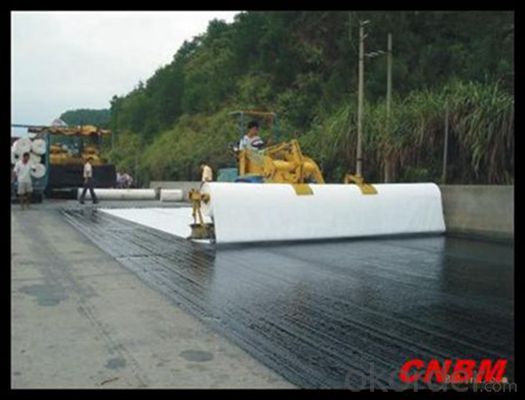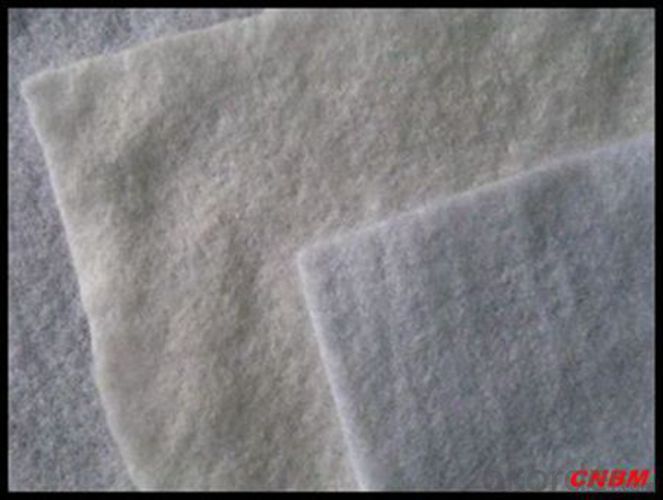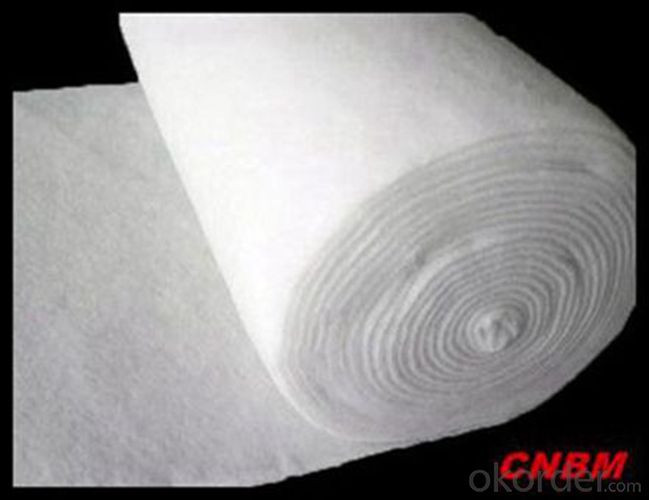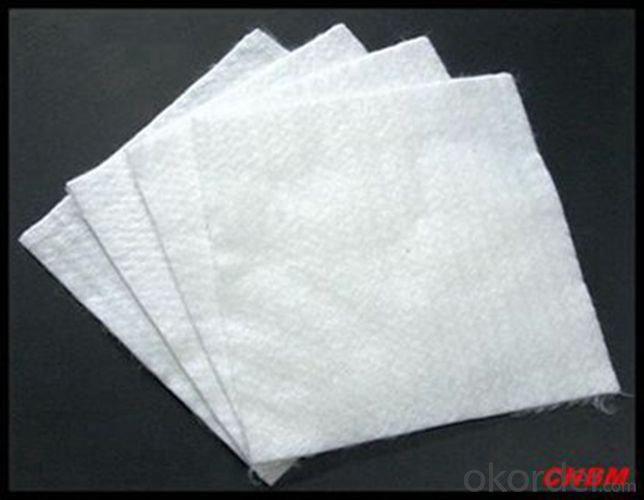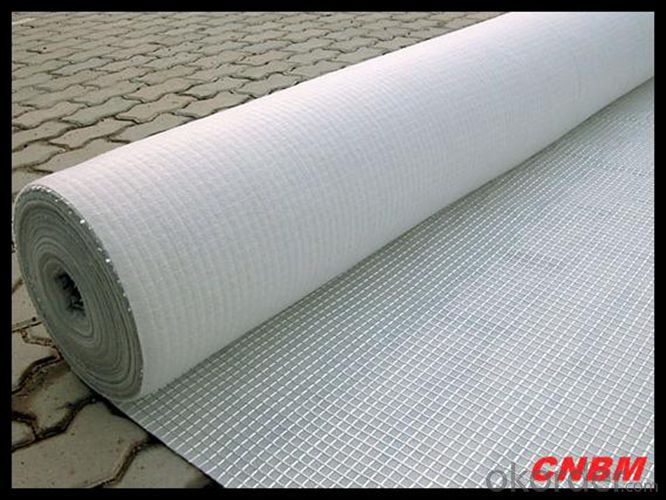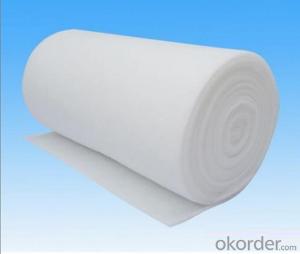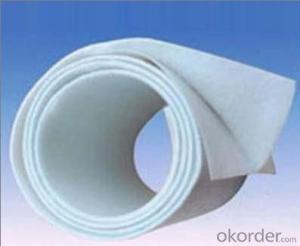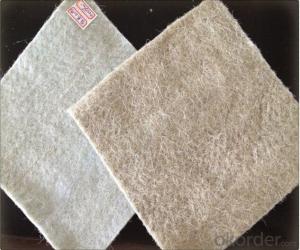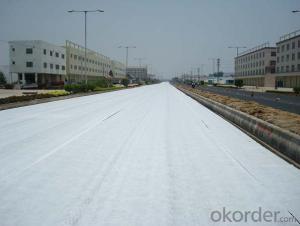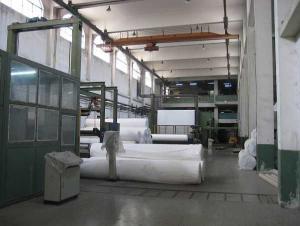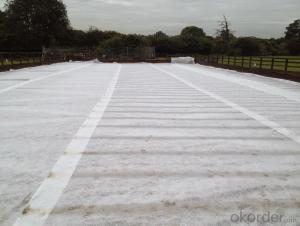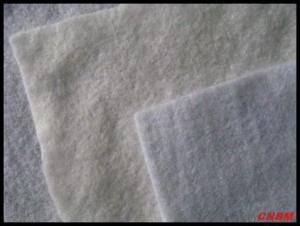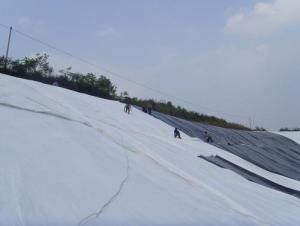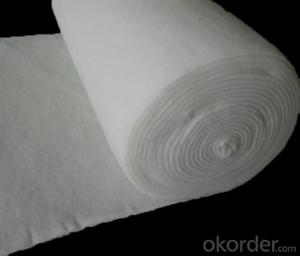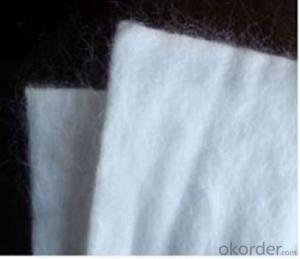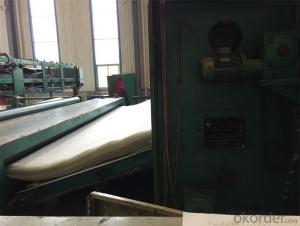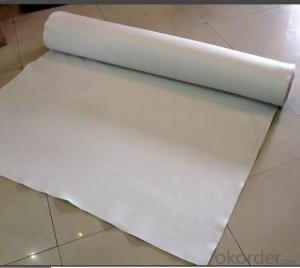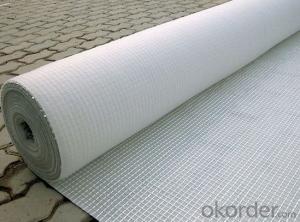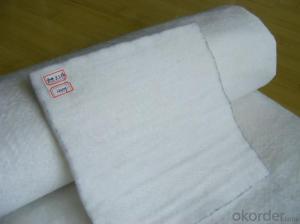Géotextile Non Tissé Filament Spunbond Concrete Fabric Nonwoven with Highest Quality
- Loading Port:
- China main port
- Payment Terms:
- TT OR LC
- Min Order Qty:
- 2000 m²
- Supply Capability:
- 10000000 m²/month
OKorder Service Pledge
OKorder Financial Service
You Might Also Like
Specification
Product Introduction
1:Use of polyester staple fiber nonwoven fabric with different physical properties (particle size, distribution, consistency and density, etc.) of the building materials (such as soil and sand, soil and concrete, etc.) in isolation. Make no loss between two or more materials, not mixed, maintains the whole structure and function of material, to reinforce structure load bearing capacity.
2: Filter
When water flows into coarse material composed of fine soil soil layer, the use of polyester staple fiber geotextile acupuncture good air permeability and water permeability, make the water flow through, and effectively current-carrying soil particles, sand, small stones, etc., to maintain the stability of soil and water conservation project.
3: drainage
Polyester staple fiber geotextile acupuncture has good conductivity performance, it can be formed within soil drainage channel, excess liquid and gas discharge of the soil structure.
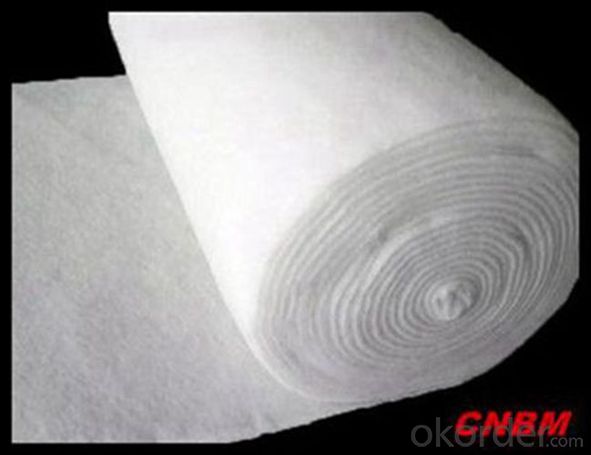
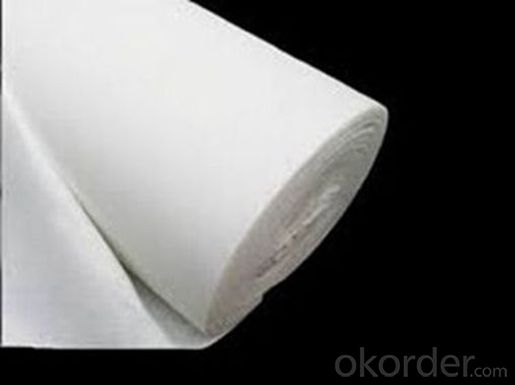
Our Service
Quality assurance
1.On a regular basis or as per your request,we entrust national testing agencies to conduct quality inspections
2. Strictly in accordance with the ISO9001-2008 international quality system standard,we monitor and manage the whole process throughout production,quality testing,and measurement to ensure product quality
3. For quality-related construction delay or substandard construction(except for damage or losses due to customer’s responsibility or irresistible natural disasters),we have refunding,replacement,and repair services.We will respond to customers’ feedbacks on quality issues within 24 hours.
Packaging & Shipping
Packing: PLASTIC FILM INSIDE, AND WOVEN BAG OUTSIDE
Shipping: About 15 days after receipt the deposit
FAQ:
Q: What kind of payments does jenor support?
A: T/T, L/C, Cash are accepted.
Q: Do you charge for the samples?
A: Accordeing to our company policy, the samples are free, we only charge the freight fee. And we will return the freight fee during the next order.
Q: Can you produce according to customers' design?
A: Sure, we are professional manufacturer, OEM and ODM are both welcome.
Q: Do you have other products?
A: Yes, please check the pictures:
- Q: Are geotextiles suitable for use in rain garden systems?
- Yes, geotextiles are suitable for use in rain garden systems. Geotextiles can be used as a filter fabric to separate the soil and gravel layers in rain gardens, preventing clogging and promoting proper drainage. They help to retain water and nutrients while allowing excess water to flow through, making them an effective component in rain garden construction.
- Q: What are the maintenance requirements for geotextile-reinforced slopes?
- The maintenance requirements for geotextile-reinforced slopes include regular inspection to check for signs of erosion or damage, ensuring proper drainage to prevent water accumulation, and promptly addressing any issues such as tears or slippage of the geotextile. Additionally, vegetation control may be necessary to prevent root intrusion and maintain slope stability. Regular monitoring and maintenance activities are essential to ensure the long-term effectiveness and performance of geotextile-reinforced slopes.
- Q: How do geotextiles help in reducing the risk of soil liquefaction?
- Geotextiles help in reducing the risk of soil liquefaction by providing reinforcement and stabilizing the soil. They act as a barrier to prevent the movement of water within the soil, reducing the buildup of excess pore water pressure. This pressure is a major factor contributing to soil liquefaction during earthquakes. By promoting drainage and improving soil strength, geotextiles help to mitigate the potential for liquefaction and increase the overall stability of the soil.
- Q: How do geotextiles help with soil stabilization in foundation construction?
- Geotextiles help with soil stabilization in foundation construction by providing a barrier between the soil layers, preventing the mixing of different soil types. This separation helps in maintaining the integrity and strength of the foundation, as well as preventing the migration of fine particles that can lead to soil erosion. Additionally, geotextiles improve the overall drainage and filtration of the soil, reducing the risk of water accumulation and potential damage to the foundation.
- Q: Can geotextiles be used in green roof drainage systems?
- Yes, geotextiles can be used in green roof drainage systems. Geotextiles, which are permeable fabrics, can be placed within the drainage layer of a green roof system to enhance water flow and filtration. They help to prevent clogging and ensure efficient drainage, promoting healthier plant growth and preventing water accumulation on the roof.
- Q: How do geotextiles help with soil separation and stabilization?
- Geotextiles help with soil separation and stabilization by acting as a barrier between different soil layers, preventing mixing and maintaining their individual characteristics. They also enhance soil stability by increasing its shear strength, preventing erosion, and improving drainage.
- Q: Geotextile (two cloth a film) to detect the frequency requirements? On behalf of the number?
- Geotextile and geomembrane detection frequency is 100 volumes detection time.
- Q: Green belt with no cloth a film seepage geotextile cloth how
- The water will be missed, the general green belt does not require the use of two cloth a film, according to design requirements it
- Q: 1 square of non-woven geotextiles how many tons
- Do not understand what you ask? Asked very contradictory ah
Send your message to us
Géotextile Non Tissé Filament Spunbond Concrete Fabric Nonwoven with Highest Quality
- Loading Port:
- China main port
- Payment Terms:
- TT OR LC
- Min Order Qty:
- 2000 m²
- Supply Capability:
- 10000000 m²/month
OKorder Service Pledge
OKorder Financial Service
Similar products
Hot products
Hot Searches
Related keywords
